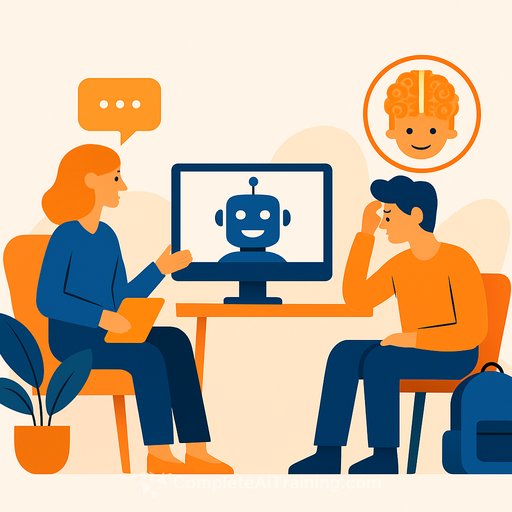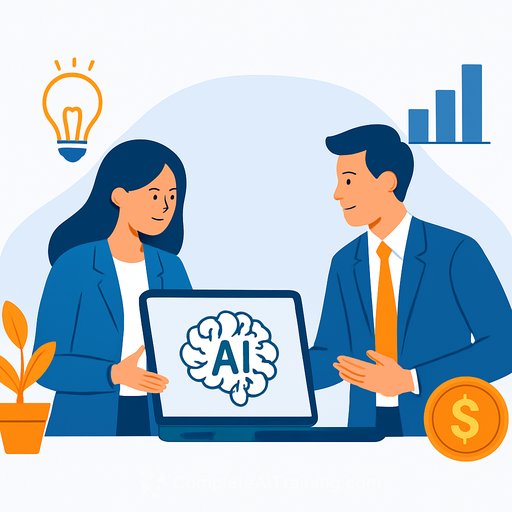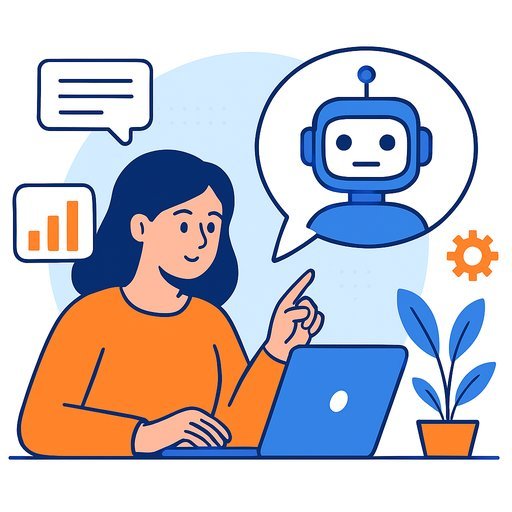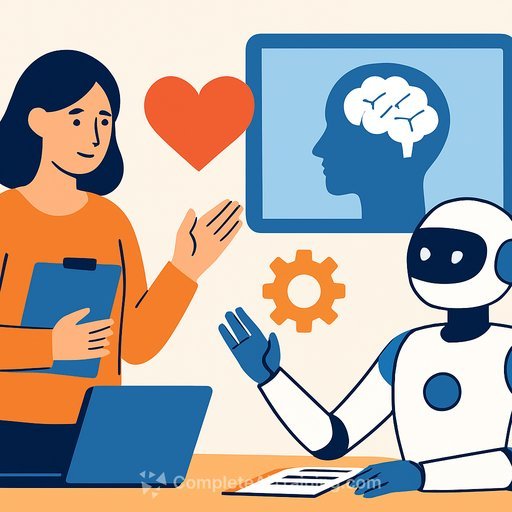How AI Supports Student Mental Health in Higher Education
Pairing staff with technology can help colleges and universities handle the growing demand for mental health care. Awareness of campus services has increased, but 40% of college students still find it hard to access the help they need.
Even with new technology-based options, long wait times remain an issue due to a shortage of mental health professionals. Artificial intelligence offers promise by easing some of this pressure and supporting existing efforts.
Technology Reinforcing Mental Health Support
At the University of Alabama at Birmingham, a tool was developed to predict which students might be at risk of anxiety or depression using common data collected during enrollment. This allows early intervention before problems escalate.
By analyzing large data sets, universities can identify groups with shared risk factors and personalize care based on a student’s medical history or previous treatments. This helps counselors catch warning signs that might otherwise go unnoticed.
Many students hesitate to seek help due to financial concerns, stigma, or lack of information. This predictive tool offers a way to reach those students proactively, providing support without waiting for them to initiate contact.
Stress is a major factor for undergraduates. In Arkansas, a recent AI and mental health hackathon engaged students in creating AI-driven solutions to improve access to care, including scheduling tools for healthcare providers. The event also covered important topics like AI ethics and prompt engineering.
Using technology to increase access is especially important in areas where mental health stigma remains strong. Combining AI with human expertise can help address student needs before crises develop.
- 58% of college students have experienced depression that negatively affected their academic performance. (Source: American College Health Association)
Maximizing the Impact of Mental Health Services
While AI shows potential in mental health, it cannot replace human interaction. AI chatbots may fail to detect emotional nuances and sometimes reinforce harmful beliefs instead of challenging them.
Research shows AI often lacks contextual understanding and struggles to convey empathy. Unlike trained professionals, AI strictly follows instructions and cannot adapt therapy to individual needs. It works best as a tool to support peer counselors rather than a full substitute for human care.
AI can also help by answering basic questions about services or automating routine tasks for counseling staff, freeing them up to focus on direct care.
Integrating mental health AI tools into platforms students already use, such as learning management systems, can increase adoption. Clear communication about how these tools benefit student wellness is key.
Universities should streamline access so students don’t have to search multiple places for resources. A unified, student-centered approach encourages more effective use of available mental health technology.
For educators and administrators interested in expanding their knowledge of AI applications in education and mental health, exploring specialized training can be valuable. Resources like Complete AI Training's courses by job function offer practical insights into AI’s role in supporting student well-being.
Your membership also unlocks:





